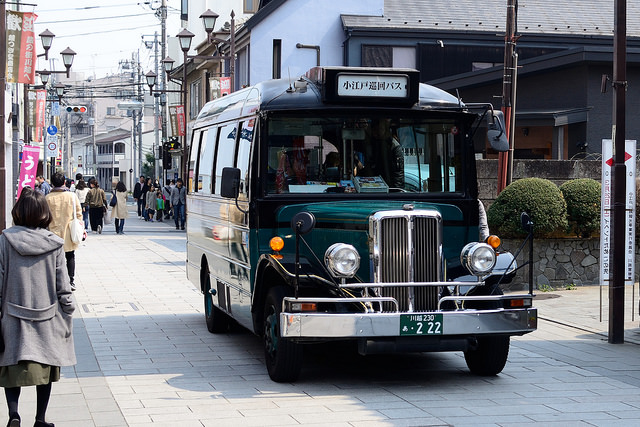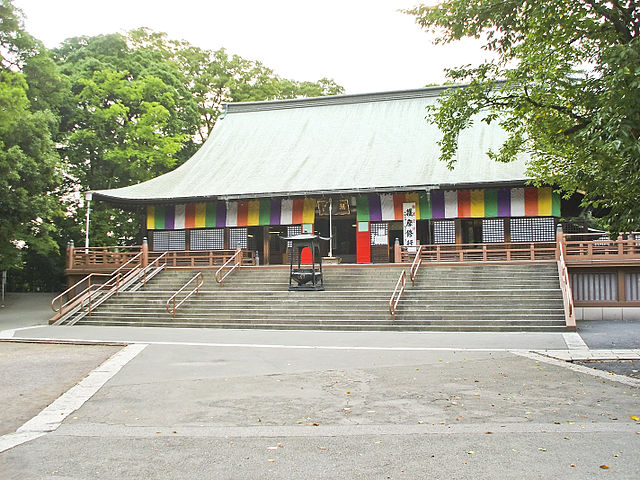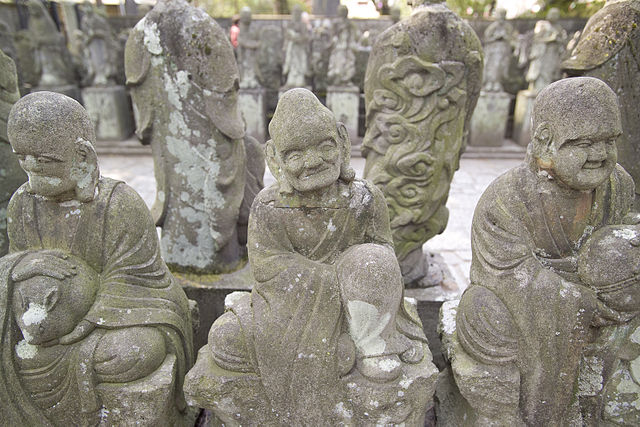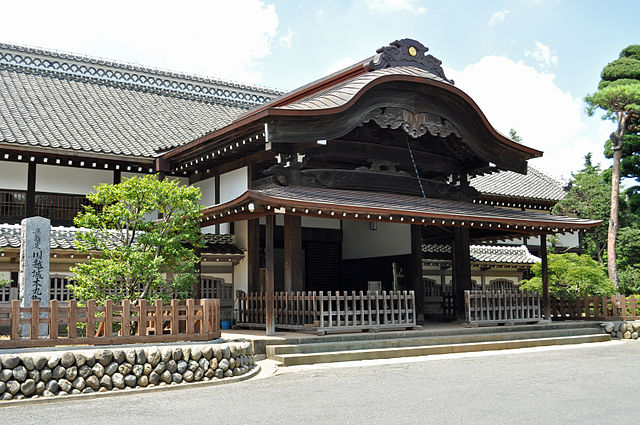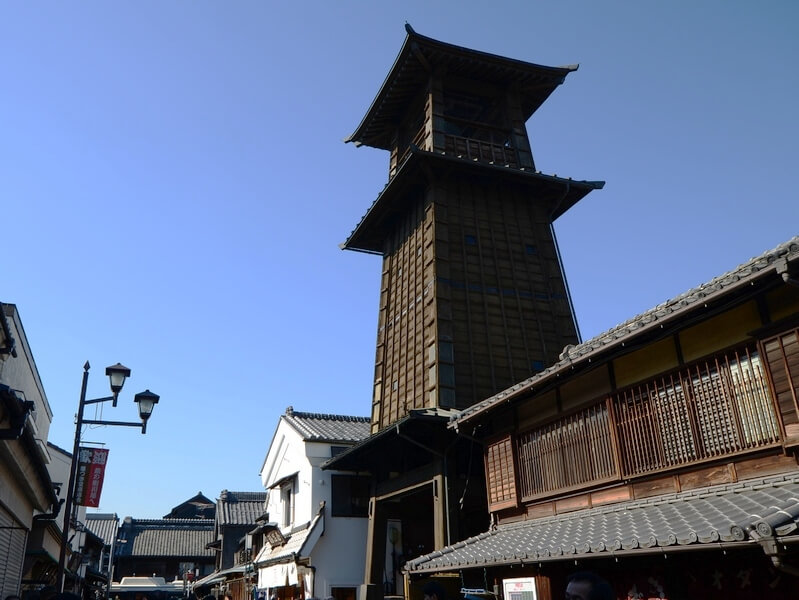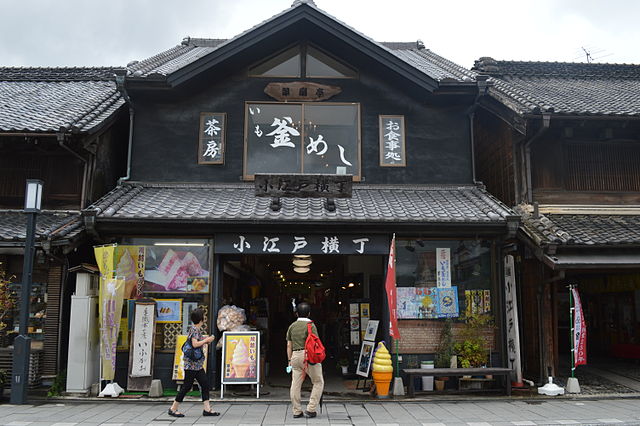
10 Places to Visit in Kawagoe: Little Edo
Kawagoe flourished as a castle town in the Edo period. It was also called Ko-Edo or Little Edo as it had a strong relationship with the Tokugawa family. The vestiges of the Edo period still remain here. Let us go back in time to explore Japan in the Edo period.
This post may contain affiliate links. If you buy through them, we may earn a commission at no additional cost to you.
Kawagoe-shi, Saitama Prefecture, flourished as a castle town of Kawagoe castle in the Edo period. It had a strong connection with the Tokugawa family and was called Little Edo. Old warehouses, temples and ruins of castles still remain today. As it is not far from Tokyo, it is an ideal town for a day out.
Access to Kawagoe
JR Kawagoe Station or Honkawagoe Station of the Seibu Shinjuku Line is convenient for sightseeing in Kawagoe.
Shinjuku to Kawagoe (60 mins) JR Saikyo Line
Yurakucho to Kawagoe (60 mins) Tokyo Metro Yurakucho Line
Shibuya to Kawagoe (60 mins) Tokyo Metro Fukutoshin Line
Seibu Shinjuku to Honkawagoe (45 mins) Seibu Shinjuku Line Red Arrow Limited Express
cozymax5454/FlickrYou can look around the town by foot, but if you buy a free pass for 500 yen, you can ride the Ko-Edo Loop Bus, which cruises around 16 spots in the city, covering most of the tourist spots.
1. Kita-in Temple
Urashimataro/Wikimedia Commons Fg2/Wikimedia CommonsKita-in Temple is a renowned Tendaishu temple. It had a strong connection with the Tokugawa famiily and was specially protected by the regime. Inside the temple are 538 stone Buddhas carved more than 200 years ago. Each Buddha has a different expression and takes a different pose. Also, there are many other important cultural assets such as Senba Toshogu.
2. Kaiun Dango
Kaiun Dango, rice dumplings dipped in soy sauce, is sold near Senba Toshogu. Because of its location, it is said to bring you good luck and many people visit to buy this every day.
3. Kawagoe Castle Honmaru Goten
Ocdp/Wikimedia CommonsKawagoe was a castle town of Kawagoe Castle in the Edo period. Most of the Castle does not remain anymore today, but the entrance and a few rooms are open to the public. The outfit back in those days and dolls of feudal lords are on exhibit. The stately atmosphere makes you feel almost as if you were back in those days.
4. Hikawa Shrine
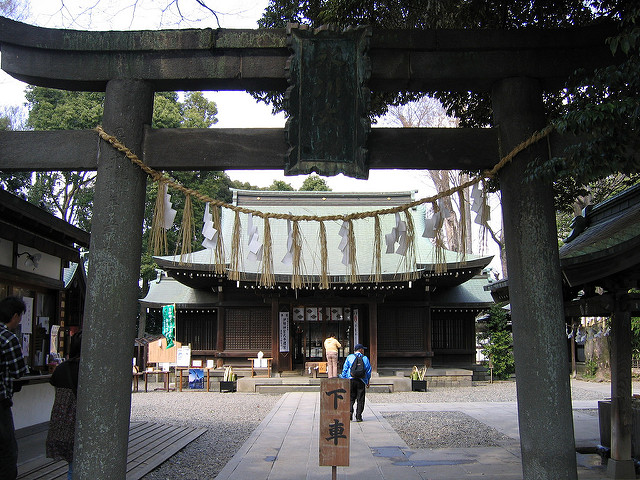

Hikawa Shrine is said to have been built about 1500 years ago, dating back to the 6th century. Many women visit this shrine, as it is known for enshrining the God of Marriage. 20 charms prayed over by a miko, a maiden who conducts ceremonies to worship gods at shrines, are sold every day from 8 am. There are also many couples who hold their wedding at the shrine, so if you are lucky you may be able to see a beautiful Japanese bride.
5. Toki no Kane
Tmwets/Wikimedia CommonsToki no Kane is a symbol of Kawagoe. Because there were no clocks in the Edo period, this tower has told the time to the people of Kawagoe by its ringing bell. Even today, you can hear the bell at 6 am, 12pm, 3 pm and 6 pm. Toki no Kane, along with the surrounding environment retains the vestiges of the Edo period.
6. Ko-Edo Yokocho
At by At/Wikimedia CommonsThere are many restaurants in this warehouse-style building. You can eat Japanese dishes such as kamameshi (a rice, meat and vegetable dish served in a small pot) and ramen. There is also a free rest place, so why not take a rest here when you are tired from walking?
7. Museum of Kurazukuri
At by At/Wikimedia Commons Aimaimyi/Wikimedia CommonsNot only did Kawagoe flourish as a castle town, but there were also many prosperous merchants living in warehouse-style architectures. Such a streetscape, where many warehouse-style buildings remain is rare even in Japan. In this museum, you can actually enter the warehouse and look around it.
8. Kashiya Yokocho Edoya
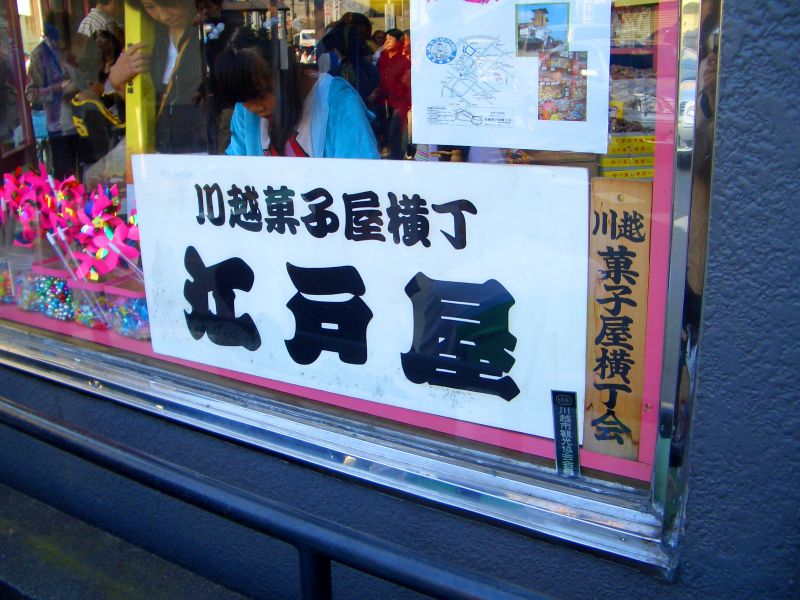
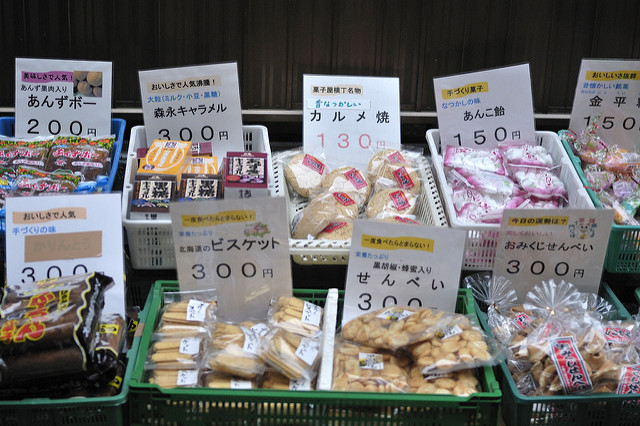
In the old days, Japanese children went to small shops called dagashiya that sold dagashi, cheap, small sweets. There were at least one dagashiya in the city. Not only did it sell sweets, but it also sold small toys and it became a place for children to gather. This shop Edoya, sells dagashi even today. Some taste a little strange, but for the Japanese people it is something that evokes their childhood memories. How about trying one out?
9. Tamariki Seika
Tamariki Seika is a shop selling traditional Japanese candies. On some days, you can actually see how the candies are made. There are a variety of candies with different flavours, colours and designs. It will be a perfect souvenir for your friends!
10. Kumano Shrine
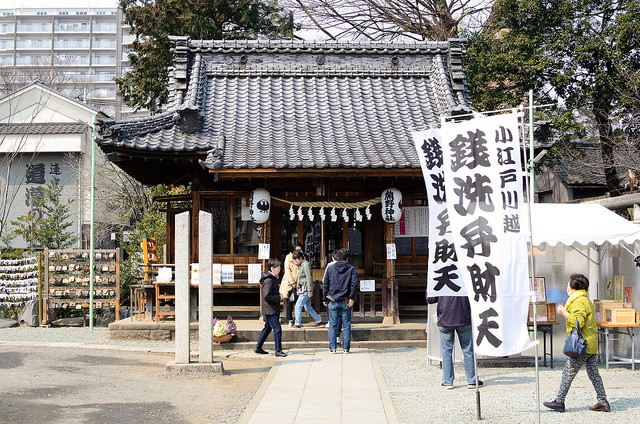
The God of Good Luck, the God of Success in Business and the God of Marriage is enshrined in Kumano Shrine. As yatagarasu is the symbol of this shrine, a three-legged mythical raven which is used as a motif for the Japanese Football Assciation logo, there are many football fans that come here. You can write your wish on an ema, wooden plaques or try your luck by playing quoits. It is said that you will receive good luck if you wash your coins in the Takara Ike.
What did you think of Kawagoe? In an hour from Tokyo, you can enjoy Japan's historical scenary and delicious cuisine.
The information in this article is accurate at the time of publication.

